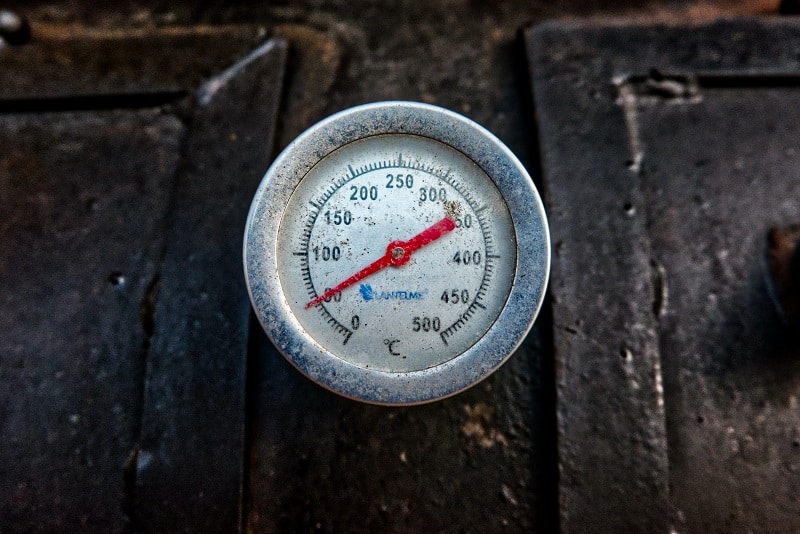Stress-strain measurement is a crucial aspect of materials testing, providing valuable information on a material’s mechanical properties and its behavior under various loads. This data can help engineers and researchers design safer, more efficient, and longer-lasting products. But how are these measurements taken, and what are the different techniques and tools available for this purpose? In this article, we’ll delve into the world of stress-strain measurement, explore various testing methods, and discuss their applications in different industries.
1. Understanding Stress and Strain
Stress is the internal resistance of a material to an applied force, while strain is the deformation that results from this force. In other words, stress is the cause, and strain is the effect. Stress is typically measured in units of force per unit area, such as Pascals (Pa) or pounds per square inch (psi), while strain is a dimensionless quantity, often expressed as a percentage or a ratio.
There are different types of stress and strain, depending on the nature of the applied force and the resulting deformation. For example, tensile stress and strain occur when a material is subjected to a pulling force, while compressive stress and strain occur when a material is subjected to a pushing force. Shear stress and strain result from forces acting parallel to a material’s surface, causing it to deform by sliding along a plane.
2. The Stress-Strain Curve
The relationship between stress and strain for a given material can be represented graphically as a stress-strain curve. This curve provides valuable information on a material’s mechanical properties, such as its elastic modulus (or Young’s modulus), yield strength, ultimate strength, and ductility.
The initial portion of the stress-strain curve, where the material deforms elastically, is typically linear. In this region, the material will return to its original shape once the load is removed. The slope of this linear portion is called the elastic modulus, which measures the material’s stiffness.
Beyond a certain stress level, known as the yield point, the material begins to deform plastically, meaning it will not return to its original shape even after the load is removed. The stress-strain curve becomes nonlinear in this region, and the material’s behavior becomes more complex. The ultimate strength is the maximum stress a material can withstand before failure, while the ductility is a measure of how much a material can deform before breaking.
3. Tensile and Compression Testing
Tensile and compression tests are standard methods for determining a material’s stress-strain relationship. In a tensile test, a sample is subjected to a pulling force, while in a compression test, a sample is subjected to a pushing force. Both tests involve applying a gradually increasing load to the sample and measuring the resulting deformation.
Tensile and compression tests can be performed using a variety of testing machines, such as universal testing machines or specialized equipment designed for specific materials or applications. These machines typically consist of a load frame, a load cell for measuring the applied force, and a device for measuring the sample’s deformation, such as a strain gauge or an extensometer.

4. Strain Measurement Techniques
Strain Gauges
Strain gauges are among the most common tools used for measuring strain in materials testing. They consist of a thin, flexible substrate with an electrical conductor pattern etched onto it. When the strain gauge is bonded to a material and subjected to stress, the conductor’s electrical resistance changes proportionally to the strain experienced by the material. By measuring this change in resistance, the strain can be determined.
Strain gauges are available in various configurations and sensitivities, making them suitable for a wide range of applications. They can be used to measure tensile, compressive, and shear strains, as well as dynamic and static loads.
Extensometers
Extensometers are mechanical or optical devices used to measure the change in length of a material under stress directly. They are typically used in conjunction with tensile or compression testing machines and can provide highly accurate strain measurements.
Mechanical extensometers typically consist of two arms that attach to the sample and a gauge or transducer that measures the change in distance between the arms as the sample deforms. Optical extensometers, on the other hand, use a camera or laser system to track the movement of markers or features on the sample’s surface, allowing for non-contact strain measurements.
Optical Methods
In addition to strain gauges and extensometers, several optical methods can be used to measure strain, such as digital image correlation (DIC), holographic interferometry, and speckle pattern interferometry. These techniques involve capturing images of a material’s surface before and after deformation and analyzing the changes in the images to determine the strain. Optical methods are non-contact, non-destructive, and can provide full-field strain measurements, making them useful for complex geometries and materials with sensitive surfaces.
5. Applications of Stress-Strain Measurement
Stress-strain measurements play a critical role in various industries, including aerospace, automotive, construction, and biomedical. Some common applications include:
- Material characterization: Determining the mechanical properties of materials, such as their elastic modulus, yield strength, and ductility, to inform material selection and design decisions.
- Quality control: Ensuring that materials and components meet specified performance requirements and identifying defects or inconsistencies that could lead to failure.
- Structural analysis: Evaluating the performance of structures under various loads and conditions to inform design decisions and predict potential failure modes.
- Fatigue testing: Assessing a material’s resistance to repeated loading and unloading cycles, which can lead to fatigue failure over time.
- Failure analysis: Investigating the causes of material or component failures to prevent future occurrences and improve product performance.
6. Conclusion
Stress-strain measurement is a critical aspect of materials testing, providing essential information on a material’s mechanical properties and behavior under various loads. By understanding the different techniques and tools available for stress-strain measurement, engineers and researchers can select the most appropriate method for their specific application and obtain accurate, reliable data to inform their design decisions and ensure the safety and performance of their products.


Wow, wonderful blog layout! How lengthy have you ever been blogging for?
you made blogging glance easy. The total glance of your site is wonderful, let alone the content!
You can see similar: dobry sklep and here e-commerce
Good information. Lucky me I found your website by chance (stumbleupon).
I’ve book-marked it for later! I saw similar here: sklep internetowy and also here: dobry sklep
This design is steller! You certainly know how to keep a reader entertained.
Between your wit and your videos, I was almost moved to start
my own blog (well, almost…HaHa!) Great job. I really enjoyed what you had to say,
and more than that, how you presented it. Too cool!
I saw similar here: Najlepszy sklep